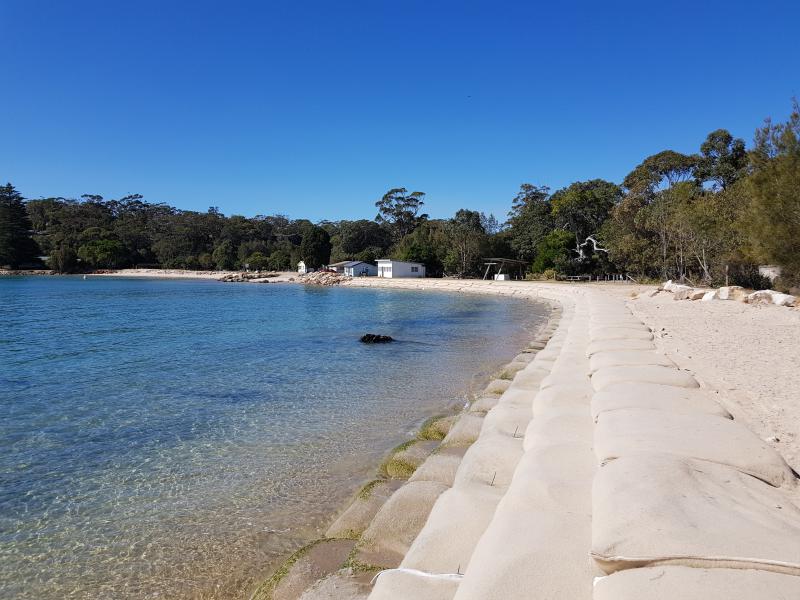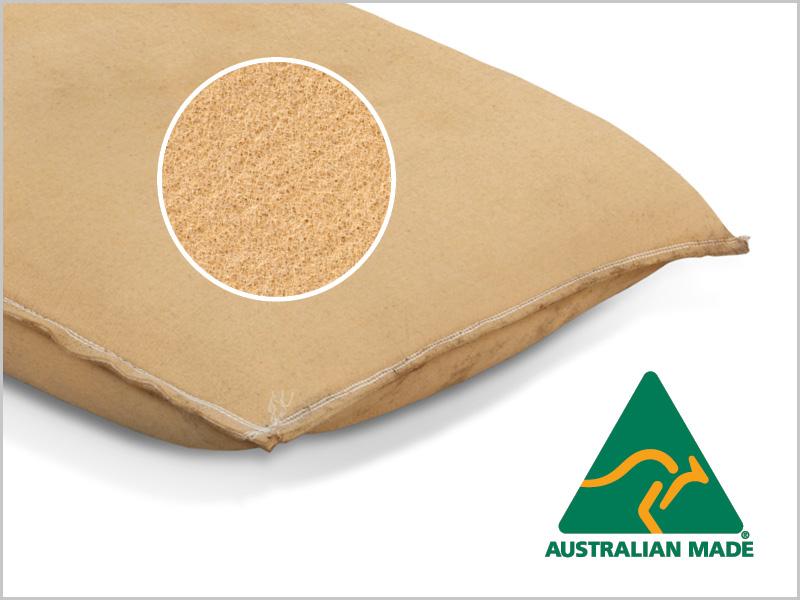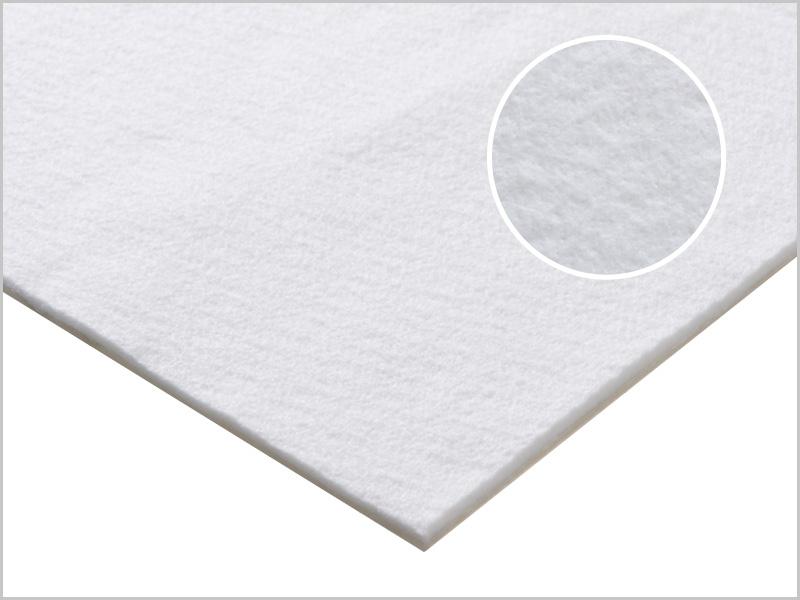
The Evolution of Seawall Construction Materials
The Gold Coast City Council maintains an estimated 31.5 km of seawall known as the A-Line. This seawall is the product of extensive studies undertaken in the 1960s and 1970s which collaborated with world renowned Dutch experts to understand the best engineering response to the local dynamic coastal environment. The A-Line is designed as a last line of defense against coastal erosion during high impact erosive events such as cyclones. The wall makes use of rock boulders up to four tonne, as well as a filtration layer. The original design of the filtration layer incorporated a clay/shale mix. In 1982, a geotextile alternative was incorporated in to the standard seawall design. Once considered a novel construction material, geotextiles are now commonplace in civil engineering structures as they are often used to replace granular materials. This allows for greater installation quality control and potential cost savings in materials. The difference in material volume can be seen in the Type 1 and Type 2 wall designs. The Type 1 standard wall design requires a significant amount of clay and shale fill to be imported to site and installed to the design specifications. The geotextile used in the Type 2 design on the other hand is continuously tested in the quality control lab and can be quickly installed by hand as seen in Figure 3.

The standard design for both Type 1 and Type 2 wall calls for sand to be washed into the rock armor and a sand dune profile to be created over the structure. While expensive, this sand covering makes the wall safer to the public and much more visually attractive. Exposed rock armor can create dangerous fall hazards and shelter rodents and other pests. The sand also serves to protect the integrity of the wall components by reducing their exposure. Should the rock wall become exposed in a periodic erosive event then the sand layer will be replaced as part of the maintenance and sand re-nourishment program.



While the seawall design has evolved to incorporate modern geotextiles to replace the filter layer, there is still greater opportunity for designs to benefit from the use of modern materials. Today, armor rock itself is often replaced with geosynthetic sand containers (GSCs). The sand filled rock alternative allows for the use of local sand rather than the expensive rocks imported from remote quarries. The construction of GSC walls has been continuous in Australia since the early 1990s. Figures 5 and 6 depict Quinns Beach, a project in Western Australia with similar infrastructure protection objectives to that of the Gold Coast City Council.



Gold Coast City Council is already making use of GSCs to protect the famous Surfers Paradise beach esplanade. These containers which were installed in 2013 remain continuously covered in sand and are only exposed if erosion threatens the landward concrete infrastructure. Should the GSC ever become temporarily exposed, the public will benefit from the soft nature of the sand container rather than hard angular rock armor.
Projects like these naturally pave the way for a new ‘Type 3’ standard seawall design. In this design, a filtration geotextile is placed behind Geosynthetic Sand Containers providing safer and more cost-effective armor against coastal erosion.





